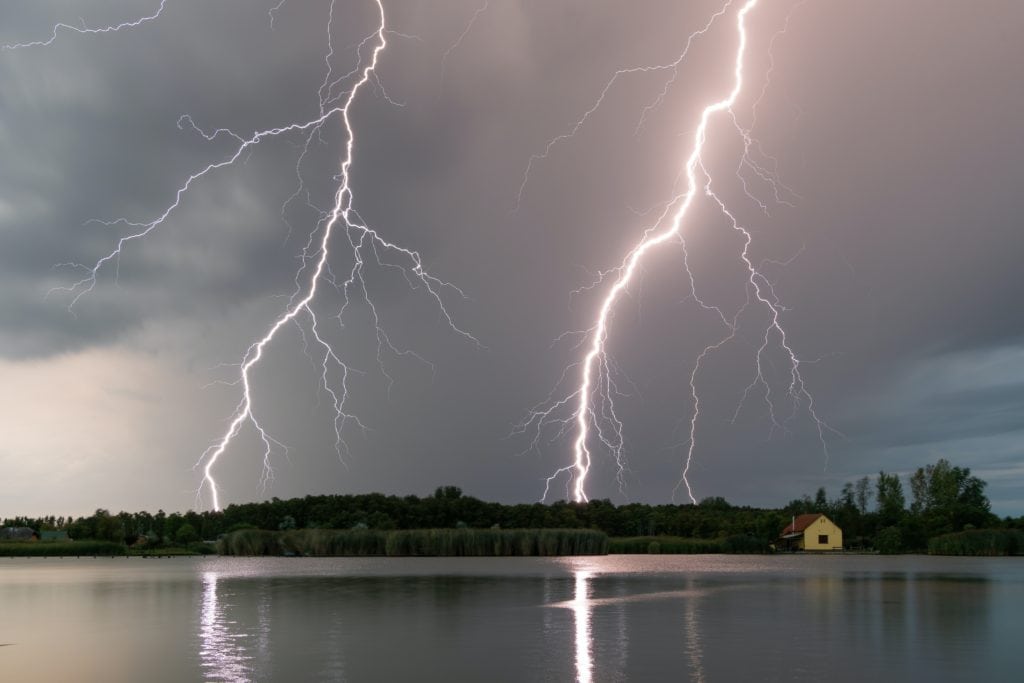Table of Contents
How Does Barometric Pressure Affect Bass Fishing?
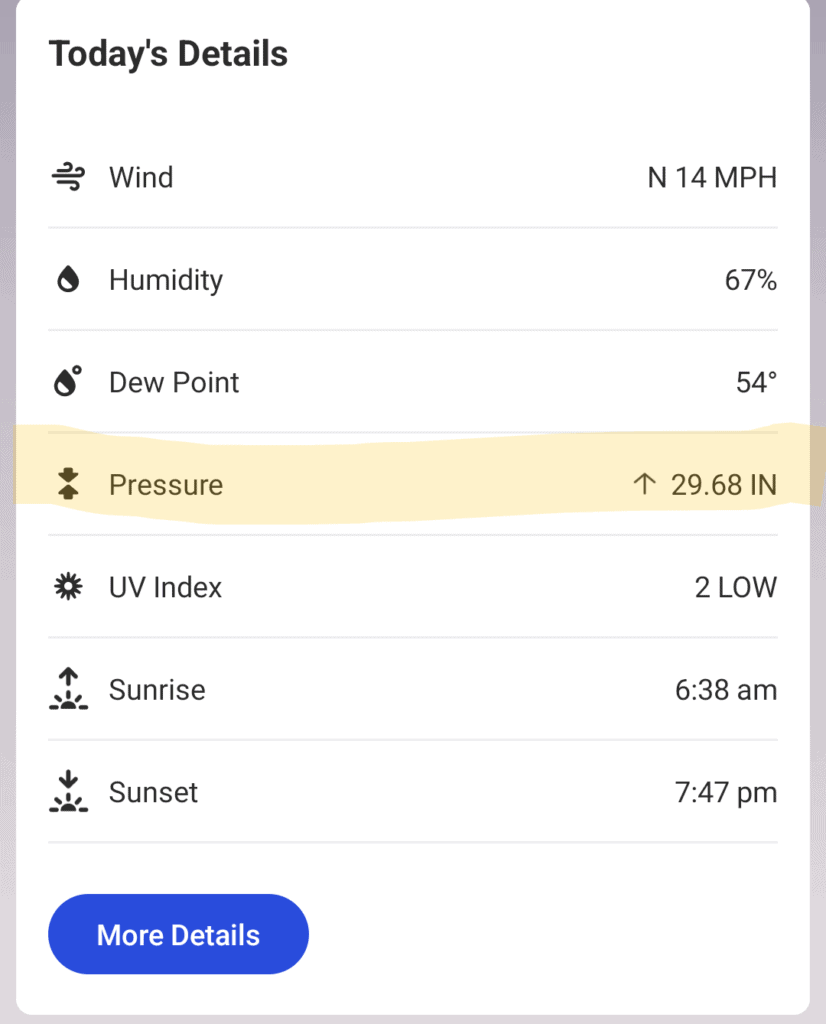
The impact of barometric pressure on bass fishing is a topic that often sparks debate among anglers. Barometric pressure, simply put, is the weight exerted by the air surrounding us.
It fluctuates based on weather conditions and can significantly affect fish behavior. The common consensus among experienced fishermen is that certain patterns do emerge in relation to barometric changes, particularly when it comes to bass fishing.
Fish, including bass, are extremely sensitive to changes in their environment. They have an organ called the swim bladder which helps them maintain buoyancy and balance underwater.
This swim bladder also allows them to detect even minute changes in atmospheric pressure. When the barometer reading is high, indicating clear and fair weather conditions, bass are generally more active and tend to feed more aggressively.
They venture into shallow waters and are easier to catch during these periods. However, as a storm approaches and the barometer reading starts dropping, signaling a decrease in atmospheric pressure, this triggers a change in bass behavior.
Bass can sense this drop in pressure through their swim bladders and often react by becoming more cautious and less likely to bite at lures or baits. This makes fishing after heavy rain or during a storm quite challenging.
There are several places to keep up with the barometric pressure in your area. You can use apps like Barometer Plus, or most weather apps you can get on your phone provide the pressure (see phone screenshot above)
Below are some general numbers that will help you read the pressure in you area, and give an idea if fishing might be great or if you can expect a tough day on the water:
- Stable High Pressure: If you observe readings steadily above 30 inHg without much fluctuation, you’re in a period of stable high pressure.
- Falling Pressure (Pre-Frontal Conditions): If you start at around 30 inHg and notice the pressure dropping toward 29.53 inHg or even lower, you’re experiencing falling pressure.
- Rising Pressure (Post-Frontal Conditions): If the readings have been below 30 inHg and start to climb, then pressure is on the rise.
After storms pass though, periods of low atmospheric pressure follow where fishing can be fruitful again if one knows what strategies to use—a topic I hope to shine some light on in this article with tips for bass fishing after a storm. While not an exact science, hopefully this blog gives some ideas on the best ways to maximize your day out on the water.
In general, you want to target when the pressure is beginning to decline and is roughly between 29-30 inHg. This is supposedly when the fish are most active, but please experiment for yourselves.
How Does Rain Affect Bass Fishing?
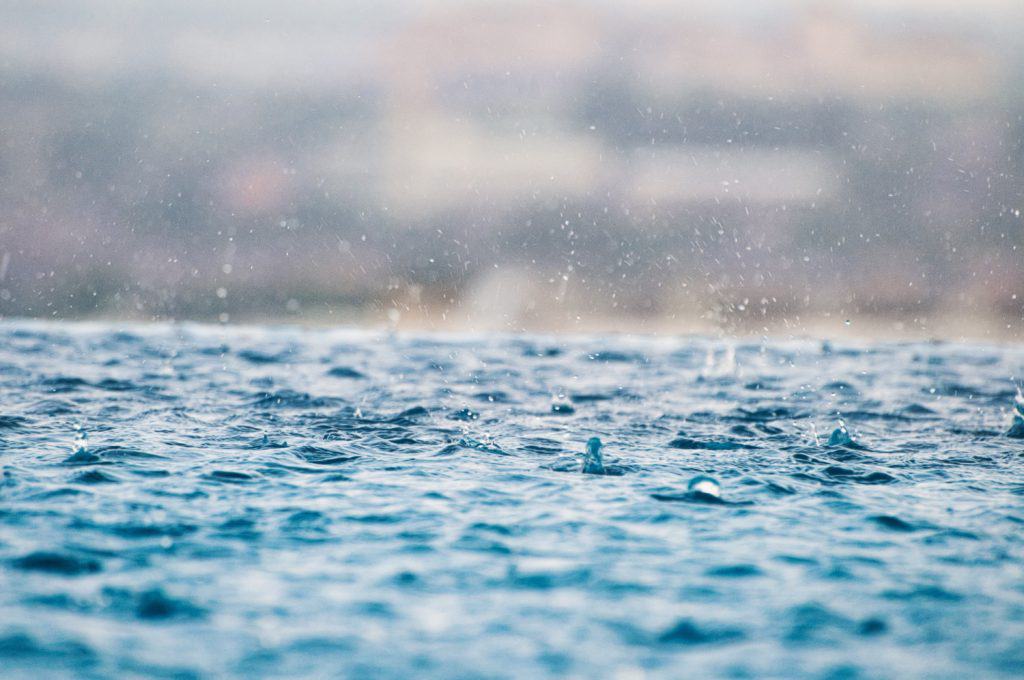
The effects of rain on bass fishing can be profound and multifaceted, altering the behavior of the fish as well as the conditions of their aquatic environment. Having a working understanding of these variables will greatly increase your chance on out fishing other anglers.
A heavy rain can lead to a drop in water temperature, which in turn encourages bass to feed more aggressively. This is because cooler water contains more oxygen, which invigorates the fish and stimulates their appetites.
However, this surge in feeding activity tends to be breif; once the storm intensifies or continues for an extended period, the bass usually seek shelter. They retreat to deeper waters or hide among aquatic vegetation or submerged structures like fallen trees and boulders – locations that savvy anglers should note as potential hotspots when bass fishing after a storm.
That being said, one must also consider that rainfall stirs up not only water but also sediment and debris. This influx of matter can result in murkier conditions that might require modifications in gear selection for those keen on storm fishing.
Moreover, heavy rainfall typically correlates with stronger currents due to increased runoff from land into bodies of water. These enhanced current flows can displace smaller baitfish and provide an easy meal for largemouth and smallmouth alike, and once you find areas that heavier current or water inflow, you can often have several hours of fantastic fishing.
Thus if you find yourself fishing after heavy rain you could benefit greatly by focusing around areas where currents are particularly strong such as river mouths or flood channels – places where displaced baitfish are likely congregating en masse. Ultimately though it pays to remember that each rainfall event has unique characteristics so there isn’t an infallible rulebook when it comes down tips for bass fishing after storms; flexibility adaptability remain paramount at all times whether regarding choice best baits for bass fishing after a storm or deciding best places fish after a seasonal storm rolls through your favorite lake. While people are home or think the fishing is toast for the next few days, you can often find yourself sitting next to a drain plucking bass left and right. Don’t be the guy who gets stuck thinking they can only catch bass in certain conditions.
Timing Your Fishing – When Is the Best Time/Pressure to Fish
Any angler worth their salt understands that timing is a critical element in successful bass fishing, particularly after a storm. This understanding necessitates a keen awareness of the barometric pressure changes instigated by storms and how they influence the behavior of this specific species. Bass are incredibly responsive to shifts in barometric pressure – it can drastically alter their feeding habits, making them either more aggressive or passive.
Catching bass post-storm requires strategic timing. As the storm passes over and atmospheric pressure begins to rise again gradually, bass fishing can prove quite fruitful.
While it may not be immediate – often taking a few hours for conditions to stabilize sufficiently – as soon as they do, expect the bass behavior to normalize too. They emerge from their shelters in search of food once more, providing an ideal window for anglers equipped with suitable gear and broad knowledge of techniques for fishing after heavy rain.
One common mistake anglers should avoid after a storm is returning too quickly out onto turbulent waters in hopes of finding an abundance of active bass; patience pays off when dealing with these post-storm scenarios. Waiting for calmer conditions allows you not only greater safety but also significantly increases your chances of reeling in impressive catches when bass begin actively feeding again.
In terms of equipment choice during post-storm fishing excursions, having an array of versatile lures at hand helps you navigate varying water clarity levels often caused by storms’ aftermaths—runoff can stir up sediment creating muddy conditions where darker colored lures prove more effective at attracting attention than brighter alternatives typically used in clear water situations. While we will talk baits below,
Safety Considerations for Bass Fishing
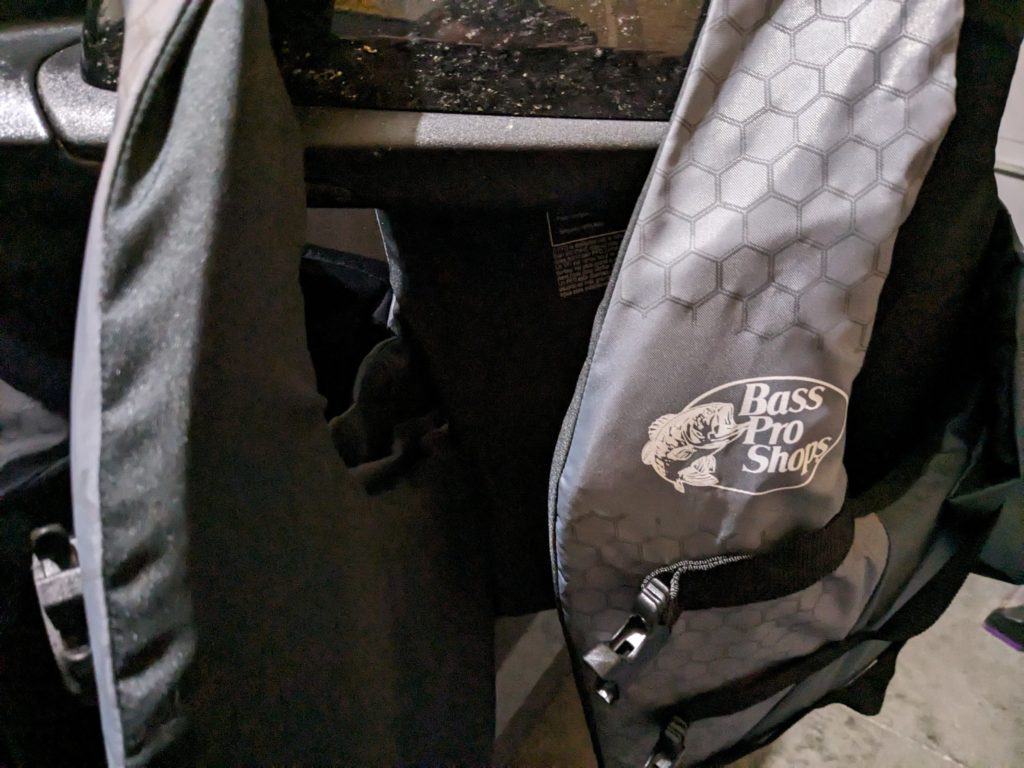
While this applies across the board, taking safety serious after a storm is an absolute necessity. The tumultuous weather patterns that accompany storms can drastically alter familiar landscapes, rendering previously secure areas potentially hazardous. It is not uncommon for brush that was previously visible to now be slightly submerged, the outflow around dams to become unstable waters, and boat ramps to even become unsafe.
The first essential item in your bass fishing gear should be a life jacket. It may seem unnecessary to regular anglers who are well versed with their environments, but post-storm conditions often mean higher water levels and faster currents.
Even the best swimmers can get caught off-guard by sudden changes in water behavior, hence the need for a life jacket to provide buoyancy and support. In addition to protective clothing, it is crucial to thoroughly scout your preferred fishing spot before setting up. This may seem obvious, but every year anglers or their loved ones are subject to accidents and drowning. Being prepared and paying extra for safety should be a top priority. For some angler friendly PFD/life jacket recommendations, the NRS Chinook or Mustang branded PFD’s. They aren’t cheap, but for my family and myself, a couple of hundred dollars is peanuts compared to their life. Heck, even wearing a cheaper life jacket, say from Bass Pro (as seen in the photo above), can save your life. Don’t be dumb!
Storms can displace objects underwater which could cause harm or damage your equipment if not identified early on. This scouting mission should ideally happen once the storm has completely cleared and normal weather patterns resume; this not only provides better visibility but also allows time for the water levels to recede somewhat making dangerous underwater obstacles more apparent. Being familiar with the lake you are fishing is also crucial. Don’t go full throttle around lakes and areas you aren’t familiar with. That is a great recipe for ruining your boat or sending someone overboard
It might be tempting immediately after a storm to head out due to perceptions about increased fish activity due to runoff nutrients entering bodies of water – and these perceptions would be correct as storms indeed stimulate greater feeding activity among bass fish. However, venturing out immediately following heavy rain could expose anglers to slipping risks or falling tree limbs weakened by winds or lightning strikes during storms.
It is important for anglers to comprehend fully that despite all their preparation, there are times when conditions simply won’t allow for safe bass fishing sessions – even in what are typically considered as some of the best places to fish after a storm. In such scenarios it is vital that common sense prevails over ambition; no amount of tips for bass fishing after a storm or allure of novel bass fishing lures will ever compensate for jeopardizing personal safety. Take it from someone who has fished in stupid winds after a storm, it simply isn’t worth it folks!
Bass Fishing Tactics to Use During and After a Rain Storm
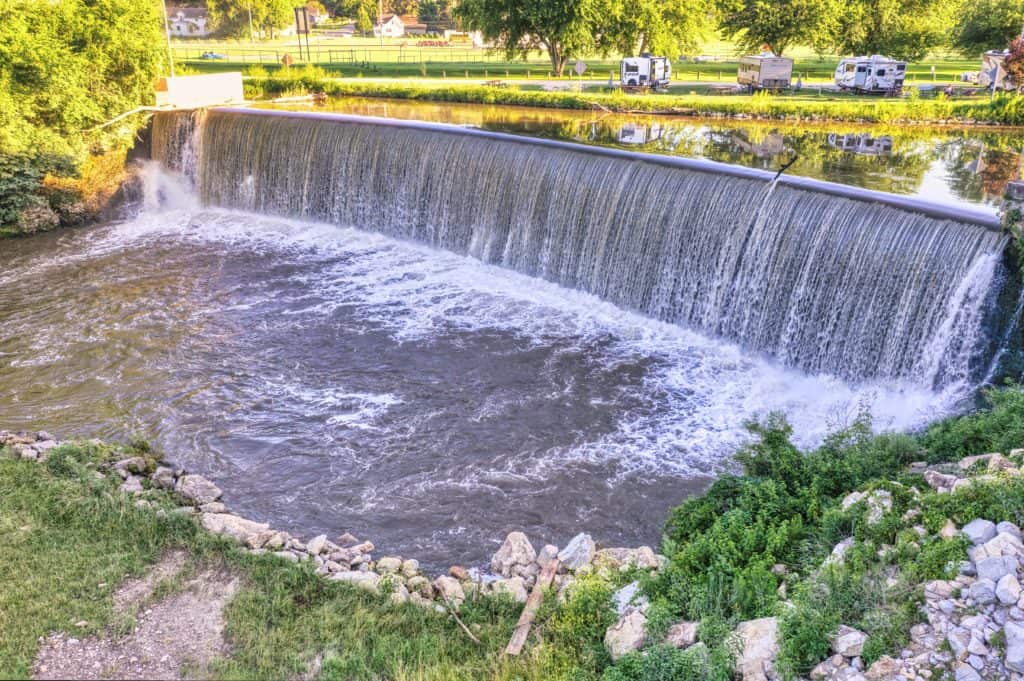
Coping with runoff and muddy water is a nuance of bass fishing after a storm that many anglers overlook. Runoff, or the excess water from heavy rain, often carries with it an abundance of nutrients, making it an attractive spot for bait fish and thus drawing in bass.
However, it also muddies the water, making visibility poor and traditional lures less effective. During such times, bass rely more on their sense of vibration and sound to find prey; hence using chatterbaits or spinnerbaits that create disturbances in the water can prove advantageous.
Furthermore, fluorescent coloured lures can be effective under these conditions as they provide improved visibility against the murky backdrop. The more flash and water you can disturb the better the chances you have of landing bass. Lures that have a bulkier presence, make noise, and otherwise attract fish will give you much better results than using finesse style presentations. It helps the largemouth and smallmouth use their lateral lines to key in on prey, as visibility is almost non-existent.
Use this knowledge to your advantage by casting your line in such locations where bass are likely to congregate. These can be areas where water is flowing quickly out of storm drains or near dams. If they aren’t found in the moving water, the next best spot is they are hunkered deep into cover such as laydowns and logs.
Additionally, wind direction plays a crucial role: A wind blowing towards the shore pushes warm surface water (and presumably organisms) towards it, attracting bait fish which in turn attract bass. Finding where bass are hiding post-storm is akin to solving a mysterious puzzle but armed with knowledge about their behavior patterns, one can significantly increase chances of success in landing some solid fish.
In general terms, when pressure is low during storms, they’re believed to become more active and move into shallow areas – hence good places to fish after a storm include flats adjacent to drop-offs or ledges near shorelines where bass may stage before moving deeper once weather stabilizes. The key lies not only in mastering these tactics but also ensuring you’re well-equipped with appropriate gear including quality rods designed specifically for heavy weather conditions which typically feature robust construction yet offer enough sensitivity for detecting subtle bites; as well as versatile selection of lures including chatterbaits, spinners, and other baits that displace water and mimic natural baits.
Dealing With Waves and Currents
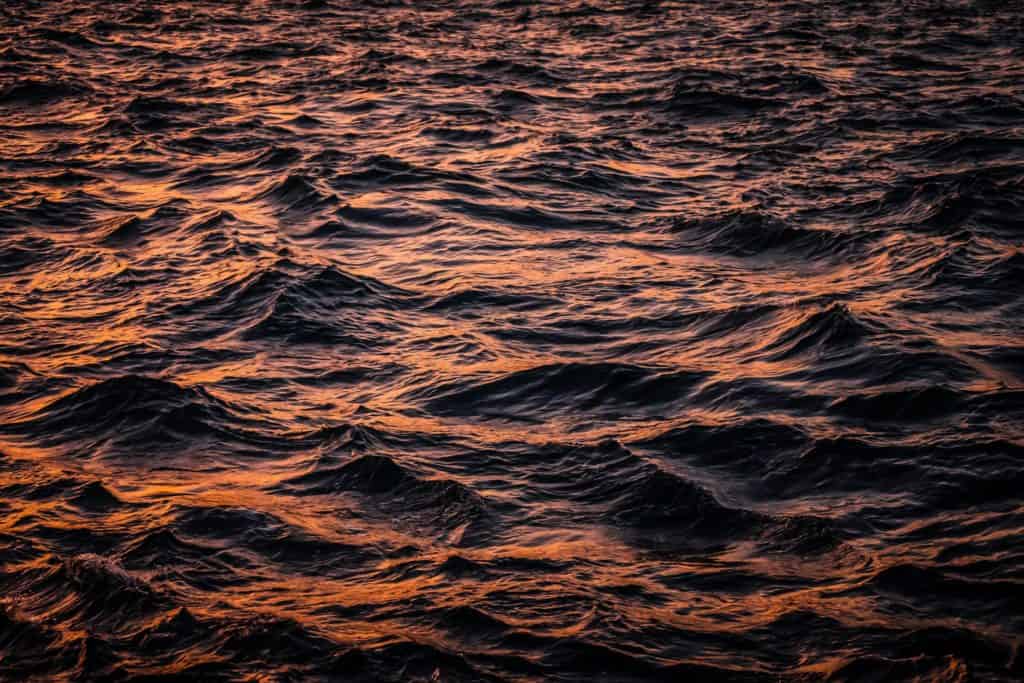
Dealing with waves is an important aspect that cannot be ignored when bass fishing after a storm. Waves stir up the water, churning sediments from the bottom and making it murky.
This change in water clarity dictates the choice of bass fishing lures to use. Under such conditions, it would be prudent to employ lures that create vibrations or produce flashy movements so as to attract attention in waters obscured by churned silt.
Spinnerbaits or vibrating jigs are excellent choices for this purpose; their unique action can effectively grab the attention of any curious bass lurking nearby and lead to successful catches post heavy rain. The strength of currents following a storm is another essential factor influencing your fishing strategy.
The confluence where slower and faster waters mix often becomes an ideal hunt zone for both experienced anglers and bass alike due to its congregation of displaced baitfish. However, dealing with strong currents requires appropriate gear adaptability–a fundamental attribute often overlooked by novice anglers leading to common mistakes after a storm.
Robust rod actions combined with higher line strengths are typically recommended when facing high current situations while bass fishing post-storms, preventing your rig from becoming overwhelmed by swift waters. Moreover, correct positioning relative to current flow can enhance your catch rates dramatically during these aquatic disturbances.
Casting upstream allows your lure more time in the strike zone as it drifts naturally downstream mimicking real prey behavior thereby increasing chances of enticing any potential predatory bass present amidst these turbulent elements. Storm fishing undeniably presents unique challenges but conquering them rewards you with some exceptional opportunities for impressive catches – knowing how to strategize based on wave conditions and water currents paves way for successfully seizing such opportunities with confidence. If you don’t have experience fishing heavier current areas, it can be daunting. Do not be afraid to try various casting angles, depths, and lures to see what will work best. This is very much a trial and error type of fishing, and persistence will often pay off. Spend your time learning your lakes, and it will pay dividends.
Handling Wind
The wind can play a crucial role in determining your success while bass fishing after a storm. It not only affects the water conditions but also impacts the behavioral patterns of the fish. After a heavy rain, winds often create waves that stir up sediment, making the water murky.
It’s important to understand how wind affects the water temperature and how temperature changes influence bass activity. Typically, warmer winds can drive bass into shallower water whereas cooler winds might encourage them to dive deeper.
Indeed, wind-affected zones often become favorable hotspots teeming with active bass post-storm due to increased food supply driven by volatile weather conditions. A common mistake many anglers make when fishing after a storm is neglecting windblown shorelines or points where baitfish may have been pushed towards during strong gusts.
These areas become prime feeding zones that offer lucrative opportunities for catching larger-sized bass who follow smaller prey blown off course by poor weather conditions. Understanding how wind dynamics affect both the aquatic environment and fish behavior is essential when planning your next bass fishing expedition following inclement weather patterns.
As a rule of thumb, if the wind has been blowing the same direction for several days, I always fish those banks that have had the wind beating on them. The longer the wind has been blowing on that bank, it is likely more and more bass have staged in that area to feed on baitfish. Think of it this way, if your favorite food truck is in the same parking lot for a week, you have a pretty good idea on where you might snag your next lunch. If that food truck is jumping around town daily, you will venture elsewhere to get a taco platter.
Common Mistakes to Avoid
Wrong Gear
It is easy to get jazzed up on dreaming about the bass thumb you will have after a heavy storm. However, there are some common mistakes that can drastically hinder your success and leaving you going home skunked and miserable.
An understanding of these pitfalls is crucial to prevent them from tarnishing your angling proficiency. One of the most widespread errors revolves around gear selection.
Your bass fishing gear should be commensurate with the conditions you’re fishing in; post-storm environments necessitate specific adjustments to your equipment. Anglers often carry on using their normal bass fishing lures after a storm, failing to acknowledge the changes in water color and temperature or even the repositioning of fish due to the turbulence.
Fish behavior shifts remarkably during storms and in their aftermath; hence, choosing appropriate lures based on these modifications can significantly enhance your success rate. In addition to lure choice, another common mistake lies in misunderstanding where to locate fish after a storm passes.
It’s easy for inexperienced anglers to return to spots they’ve frequented under normal weather conditions without considering how storms affect fish positioning within a body of water. Storms – particularly heavy ones – have profound impacts on lake or river structure and dynamics: they can create new current flows, alter water temperatures and oxygen levels, and stirs up food sources – all factors that influence where you’ll find fish post-storm.
Furthermore, timing is crucial when it comes to bass fishing after a storm. Fishing immediately after heavy rain may seem like an exciting challenge but more often than not ends up being unsatisfactory due to heightened water turbidity and stronger currents that impact visibility for both anglers and prey alike.
Understanding these errors forms part of an essential toolkit that includes numerous tips for bass fishing after a storm such as adopting slower retrievals given lower fish activity levels or using darker colored baits for better visibility in muddier waters post-storms among others. Ultimately though, it is through experience – trial and error – that one truly becomes adept at handling unique challenges presented by ever-changing natural elements; be it selecting the best places to fish after a storm or determining which bait works best under different circumstances.
Lure Choice
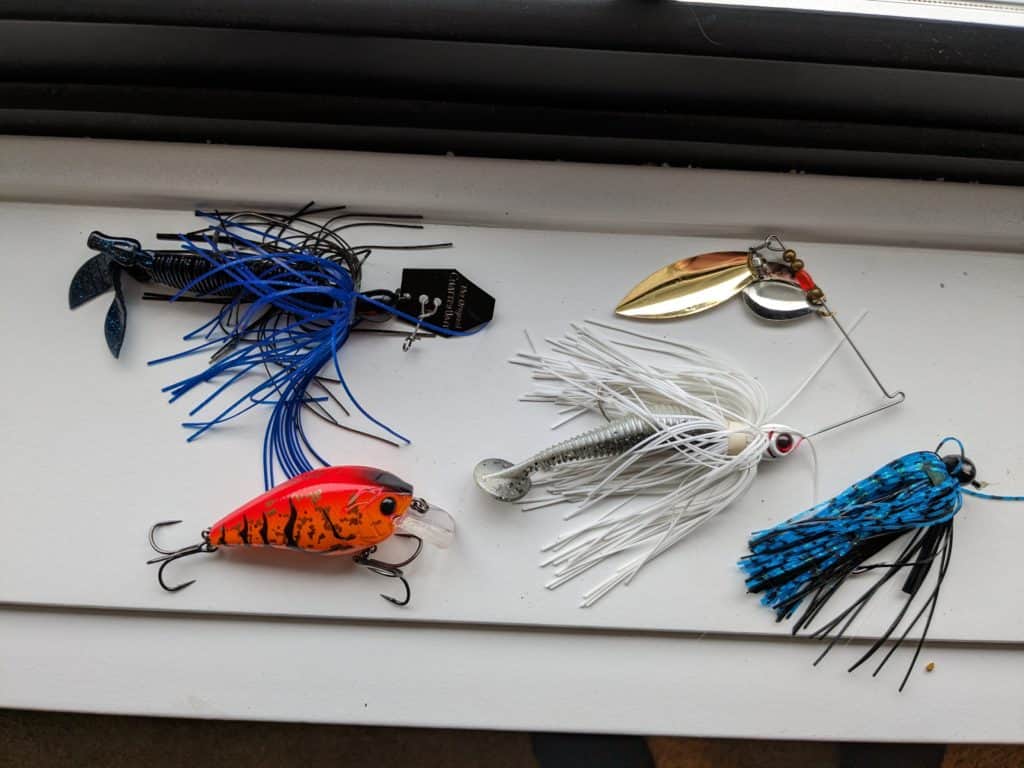
One of the common mistakes to avoid after a storm is choosing the wrong lure. Understanding that heavy rain changes numerous factors such as water clarity, temperature and flow can dramatically impact your bass fishing success. It is thus essential to modify your bass fishing lures accordingly.
The discolored or muddy water resulting from a storm requires particular attention regarding lure choice. Vibrant colors like reds, oranges or chartreuse can prove highly effective in these conditions, as they are easily visible and likely to attract the attention of lurking bass.
In periods following heavy rain, terrestrial insects and worms often get swept into the water, becoming an easy meal for hungry fish. Consequently, Texas rigged soft plastics can be incredibly productive post-storm baits for laydowns and structures. I always upsize my lures during a rain to give the fish a bigger bait presentation that can help get them to bite. Having larger lures gives the bass more of an incentive to eat your bait than the natural forage in front of them.
It’s worth noting that storms often stir up the water column, causing smaller baitfish to become disoriented and making them easy prey for larger predators like bass. This presents an excellent opportunity for anglers to use crankbaits or spinnerbaits that mimic these baitfish in distress after a storm – triggering predatory instincts in nearby bass.
An angler’s arsenal should be versatile enough to adapt according to environmental changes brought about by storms. Having an assortment of suitable lures increases chances of success when venturing out for some post-storm fishing action – making it one of many valuable tips for bass fishing after a heavy downpour.
Some of my favorite post-storm lures and brands include (in no particular order):
- Spinnerbaits – I prefer gold bladed spinnerbaits for muddy water
- Chatterbaits – As with spinnerbaits, gold blades if possible for stained conditions.
- Z-Man Original Chatterbaits are a cheap option that catch fish
- Squarebill crankbaits – I really like to use squarebills to bang against as much structure as possible. The more structure you hit, the more bites you tend to get. Bring several on your trip, you aren’t fishing the right areas if you aren’t snagging and losing lures.
- Strike King 1.5 Hard Knock – this is a fantastic squarebill to make noise and has a wide wobble, which is perfect for muddy conditions
- Football Jigs – Big bulky jigs in black and blue are a staple for stained, post storm bass fishing for me. You can pick apart structure and catch some absolute hogs.
- Terminator Football Jigs – I really enjoy Terminator’s jigs, but pick your favorite and go with whatever works best for you!
For some other ideas on what baits to use for effective stormy summer fishing, check out this in-depth article by yours truly.
Conclusion
While bass fishing after a storm can present a challenge, with the right bass fishing gear and knowledge, one can turn this seemingly unfavorable weather into an advantageous situation. You need to understand that a storm does not necessarily signify an end to your angling endeavors but rather could serve as a fantastic starting point for a great day to catch some nice sized fish.
By understanding the behavior of bass during and after a storm, you will be able to capitalize on these conditions for effective storm fishing. Bass tend to gravitate towards certain areas during heavy rainfall and subsequent periods.
Being aware of these movements can ensure that you are casting your line in the best places to fish after a storm. There are common mistakes to avoid after a storm, such as choosing inappropriate lures or disregarding safety concerns which could either lead to wasted opportunities or potentially unsafe situations.
To all avid anglers out there waiting impatiently for clear skies remember: Sometimes life isn’t about waiting for the storm to pass; it’s about learning how to fish in the rain!
Tight lines,
Dawson
